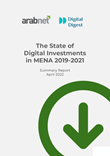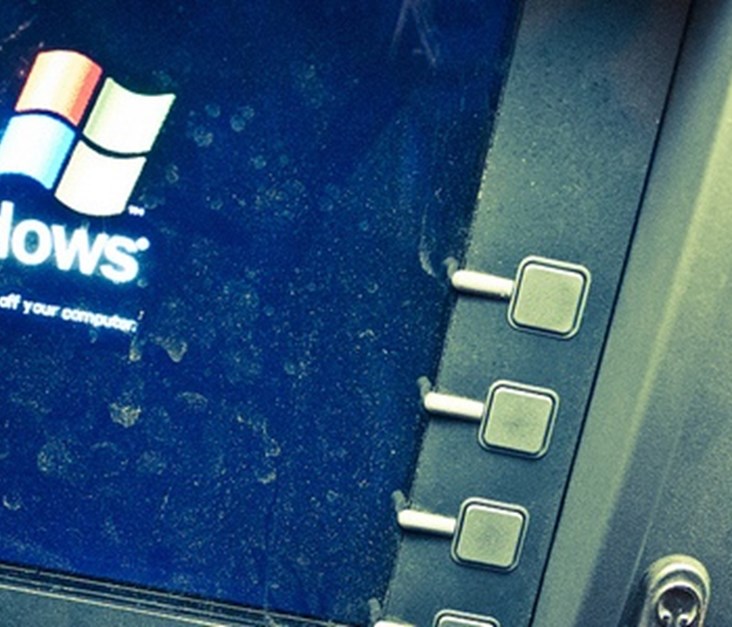
It’s all about technology in today’s world. We can’t seem to function properly without our cell phones and laptops. Media has positioned itself at the center of our daily lives and has become deeply intertwined with the web. Without media literacy a person can be considered “illiterate”. People with special needs however remain excluded from media and technology due to the lack of methods that allows them access the web. For that matter, various local and global companies came up with programs and applications that allow these persons to take part in the technology world.
Numerous assistive technologies have been created to help visually impaired and blind persons. Persons who are with blindness or severe visual impairments can access the internet through software called screen readers. A screen reader talks to users with synthetic speech and allows them to interact with the content provided. Braille display is another assistive tool used by blind people to access the computer. This system provides information in raised dots. Users can feel up the dots to make sense of what’s being said on the screen. Another example is ZoomText which enlarges and enhances content on users’ computer screens to make it easier to be seen and used. Acapela, a European group, came up with accessible and assistive programs for special needs persons. One of their known programs is the text-to- speech solutions to give content a voice.
Additionally, major mobile companies take into account the visually impaired when designing their phones. T-Mobile cell phones for example include a dot on the key “5” as a navigation point so that blind people can recognize it and know how to navigate the keypad; the phones feature different ringtones for different callers and audible indicators to alert when they need to recharge their phones.
The Arab world also pitched in the assistive programs’ basket. Nattiq technologies, a UAE based group, provides around 19 assistive products that include a portable Braille note taker similar to a laptop, tools that read electronic books and other electronic materials and Talking Scientific Calculators.
Most recently in Lebanon, The Center on Dispute Analysis and Solution Method (CADMOS) and the Italian Embassy came together to teach 13 visually impaired students how to use technology. As a result CADMOS and Annahar Newspaper plan to create an on-line journal for the visually impaired and blind persons. “We still don’t have a clear plan on how we are going to publish an online journal for the visually impaired but we will discuss it thoroughly after the second event takes place.” declared Dr. Attieh, vice President of CADMOS and event organizer. “Annahar will be responsible for the publishing part of course. Visually impaired students will write for the online articles. They will be able to listen to what they wrote once it’s published. Through providing them with this opportunity, we want these students or any other visually impaired person to know that they have the chance to be productive.”
Latest Business
Intelligence Report














